Green Business: How to Ensure Your Suppliers Meet Sustainability Standards
/In today's market, consumers increasingly demand sustainable and ethically produced goods. For companies, this means ensuring that their supply chains are efficient and cost-effective but also sustainable and ethical.
This guide will provide actionable steps to ensure your suppliers meet sustainability standards, helping you build a green business from the ground up.
Understanding Sustainability Standards
Sustainability standards are guidelines and principles that ensure products and services are produced environmentally, socially responsible, and economically viable. These standards cover various aspects, such as:
Environmental Impact: Reducing and minimizing the environmental impact of your supply chain involves reducing carbon emissions, managing waste effectively, and conserving resources. This can be achieved through utilizing renewable energy, improving energy efficiency, recycling materials, and adopting sustainable sourcing methods.
Social Responsibility: Ensuring social responsibility means providing fair labor practices, maintaining safe working conditions, and supporting community development. This involves adhering to labor laws, preventing child and forced labor, offering fair wages, and investing in the communities where your suppliers operate.
Economic Viability: Supporting economic viability focuses on fair trade, promoting local economies, and ensuring long-term financial stability for all parties in the supply chain. This includes fair pricing, ethical sourcing, and building resilient supplier relationships that can withstand economic fluctuations.
Steps to Ensure Supplier Sustainability
1. Establish Clear Sustainability Goals
Start by defining what sustainability means for your business. Set clear, measurable goals that align with your company's values and the expectations of your stakeholders. For example, you might aim to reduce your carbon footprint by 30% within five years or ensure all suppliers adhere to fair labor practices.
2. Develop a Supplier Code of Conduct
Create a detailed supplier code of conduct that outlines your sustainability standards and expectations. This document should cover environmental practices, labor conditions, ethical business practices, and local and international law compliance. Make sure it is comprehensive and easy to understand.
For example, Patagonia, a leading outdoor clothing brand, has a comprehensive Supplier Code of Conduct that includes labor conditions, environmental management, and animal welfare standards.
3. Conduct Thorough Supplier Assessments
Checking for recognized certifications that demonstrate a supplier's commitment to sustainability. These certifications provide an independent verification of a supplier's practices and include:
Fair Trade: Fair Trade ensures fair pricing, ethical sourcing, and social development.
SA8000 (Social Accountability): SA8000 emphasizes social responsibility and fair labor practices.
SMETA (Sedex Members Ethical Trade Audit): SMETA 4 pillar audit covers labor standards, health and safety, environment, and business ethics.
B Corp Certification: B Corp assesses overall social and environmental performance, accountability, and transparency.
Conducting thorough supplier assessments using these methods helps ensure that your suppliers align with your sustainability goals and meet industry standards. By leveraging on-site audits, self-assessments, and third-party certifications, you can comprehensively understand your suppliers' sustainability practices and make informed decisions about your partnerships.
4. Implement Continuous Monitoring and Improvement
Sustainability is an ongoing process. Create a system for continuous monitoring and improvement of your suppliers' practices. This can include regular audits, performance reviews, and feedback mechanisms. Encourage your suppliers to adopt best practices and provide support for their sustainability initiatives.
For example, IKEA conducts regular audits and works closely with suppliers to improve their environmental and social performance through its IWAY Standard.
5. Foster Collaborative Relationships
Build strong, collaborative relationships with your suppliers. Work together to address sustainability challenges and find mutually beneficial solutions. This can involve:
Training and Capacity Building: Providing training and resources to help suppliers improve their sustainability practices.
Incentives and Recognition: Offering incentives for suppliers who demonstrate outstanding sustainability performance.
Joint Initiatives: Partnering on projects that promote sustainability, such as renewable energy installations or community development programs.
Starbucks is an excellent example of this. It collaborates with coffee farmers through its Coffee and Farmer Equity (C.A.F.E.) Practices program, providing support and incentives for sustainable farming practices.
6. Leverage Technology for Transparency
Use technology to enhance transparency and traceability in your supply chain. Tools like blockchain, IoT (Internet of Things), and data analytics can help you track the origin of materials, monitor environmental impact, and ensure compliance with sustainability standards.
For example, Everledger uses blockchain technology to trace the provenance of diamonds, ensuring they are ethically sourced.
7. Engage Stakeholders and Communicate Progress
Engage your stakeholders in your sustainability journey, including customers, investors, and employees. Regularly communicate your progress, challenges, and achievements in meeting sustainability standards. Transparency develops trust and demonstrates your commitment to sustainable business practices. Many companies publish an annual Sustainability Report detailing their efforts and progress in becoming more sustainable.
8. Implement Life Cycle Assessments (LCA)
Incorporate Life Cycle Assessments into your supplier evaluation process. LCA is a comprehensive approach that examines the environmental impact of a product or service throughout its entire life cycle, from raw material extraction to disposal. By requiring suppliers to conduct LCAs, you gain valuable insights into the true sustainability of their products and processes. This data-driven approach helps identify hotspots in the supply chain where environmental improvements can be made most effectively.
LCAs can reveal hidden impacts, such as water usage or indirect emissions, that might be overlooked in traditional assessments. Use LCA results to work collaboratively with suppliers on targeted improvements, set more accurate sustainability goals, and make informed decisions about material choices and production methods. This holistic approach ensures a more robust and scientifically grounded sustainability strategy across your supply chain.
The Path Forward
Creating a sustainable and ethical supply chain is not just a one-time effort but a continuous process. As you implement these steps, remember that flexibility and adaptation are essential. Each supplier and industry may present unique challenges and opportunities, requiring tailored approaches and solutions.
Keep informed on the latest sustainability trends and innovations. Engage with industry networks and forums to share best practices and learn from others. Collaborate with NGOs and sustainability experts to refine your strategies and address emerging issues.
By committing to these practices, your company can lead the way in sustainability, setting an example for others to follow. A sustainable supply chain enhances your brand's reputation, reduces risks, and opens new market opportunities. More importantly, it contributes to the broader environmental protection goals, social equity, and economic development.
About the Author:
David Evans is a freelance writer covering sustainability challenges and solutions. He writes to help companies and consumers understand the environmental and ethical challenges in products and their supply chains so we can find viable solutions for both. See more of David’s writing at Plastic.Education


















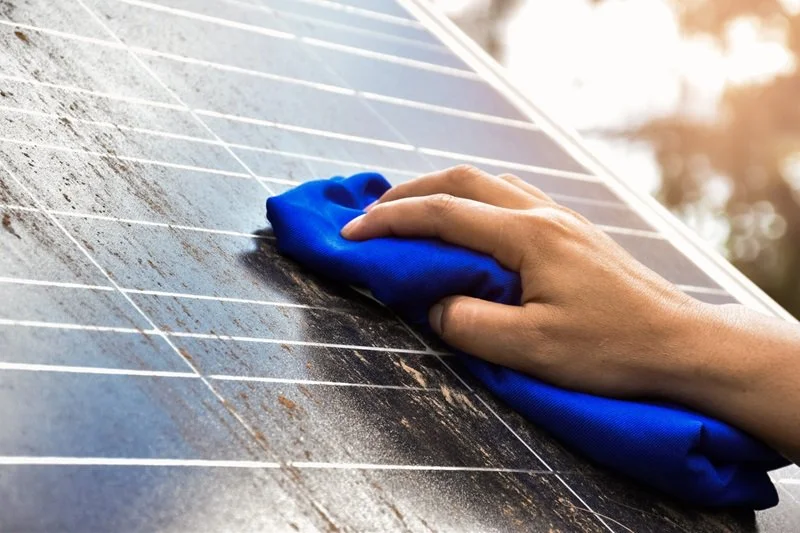





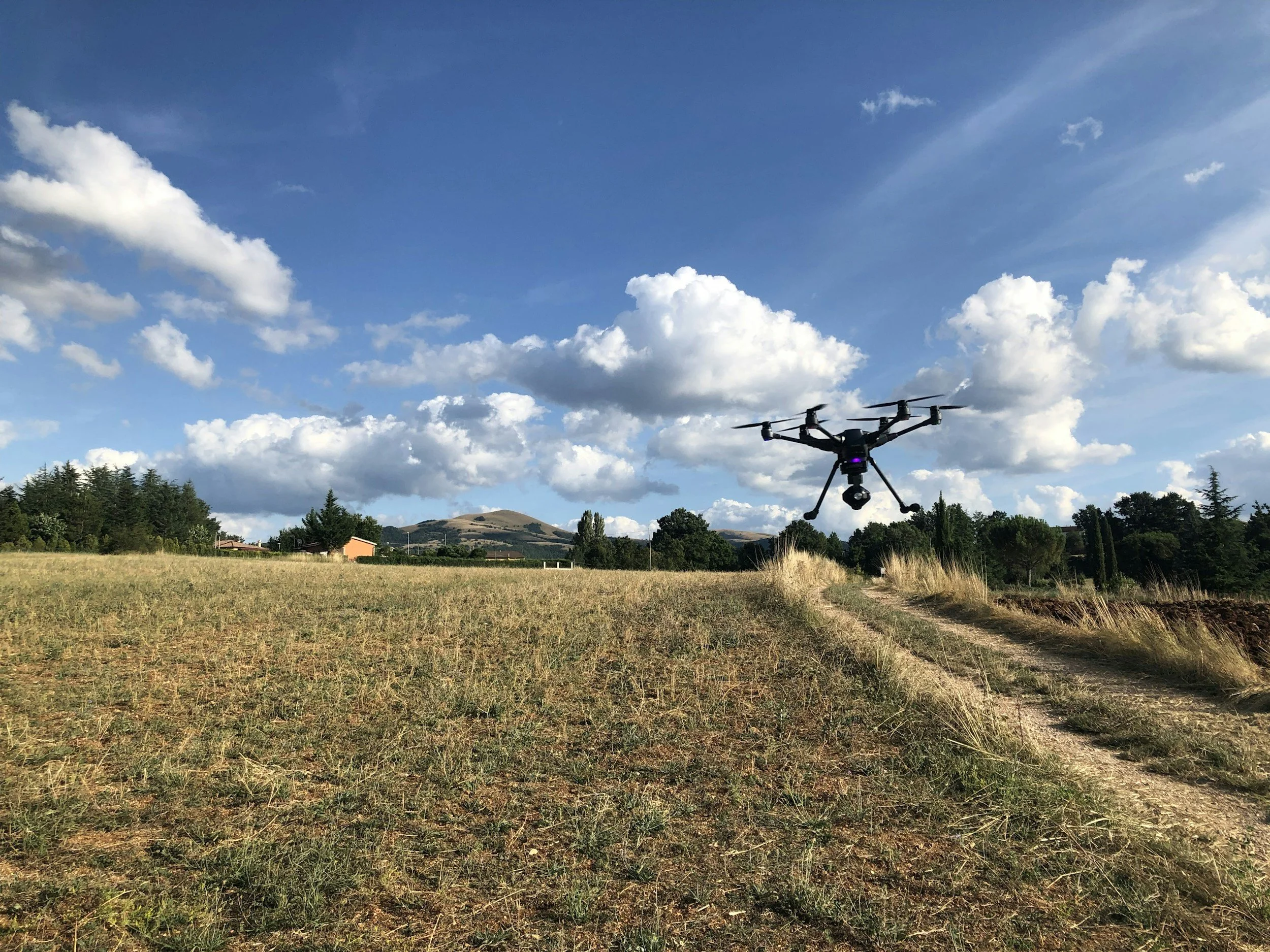



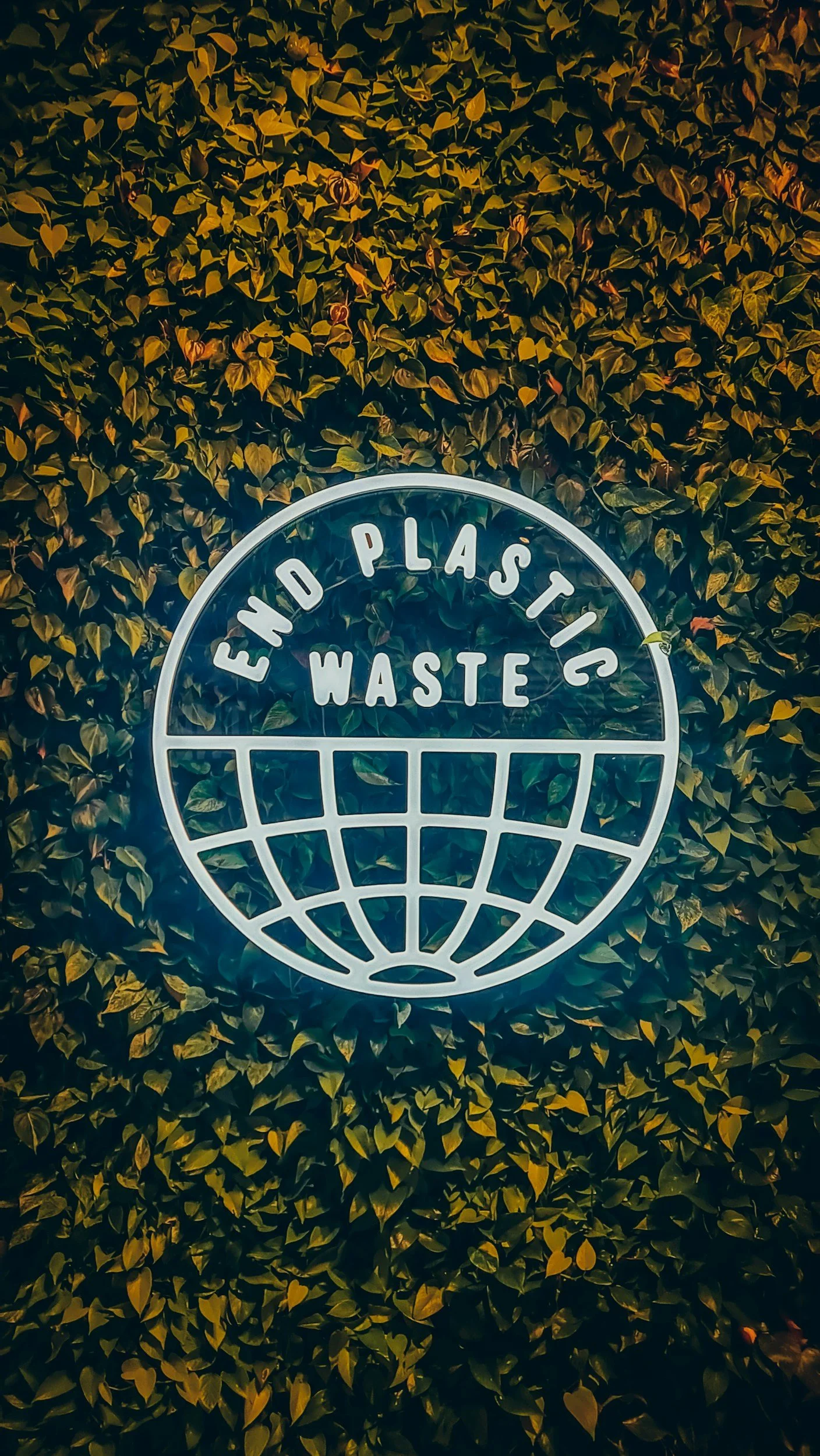
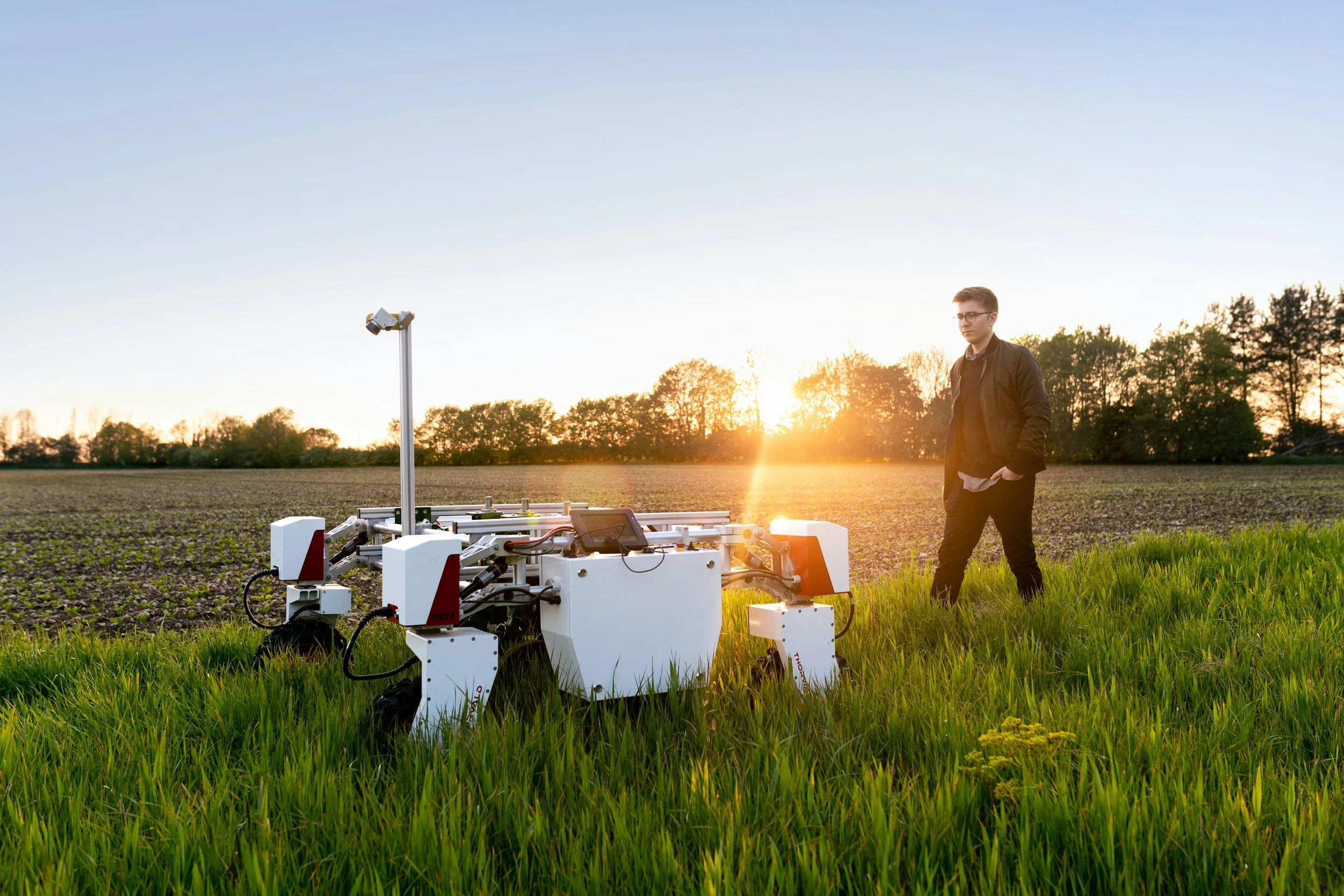








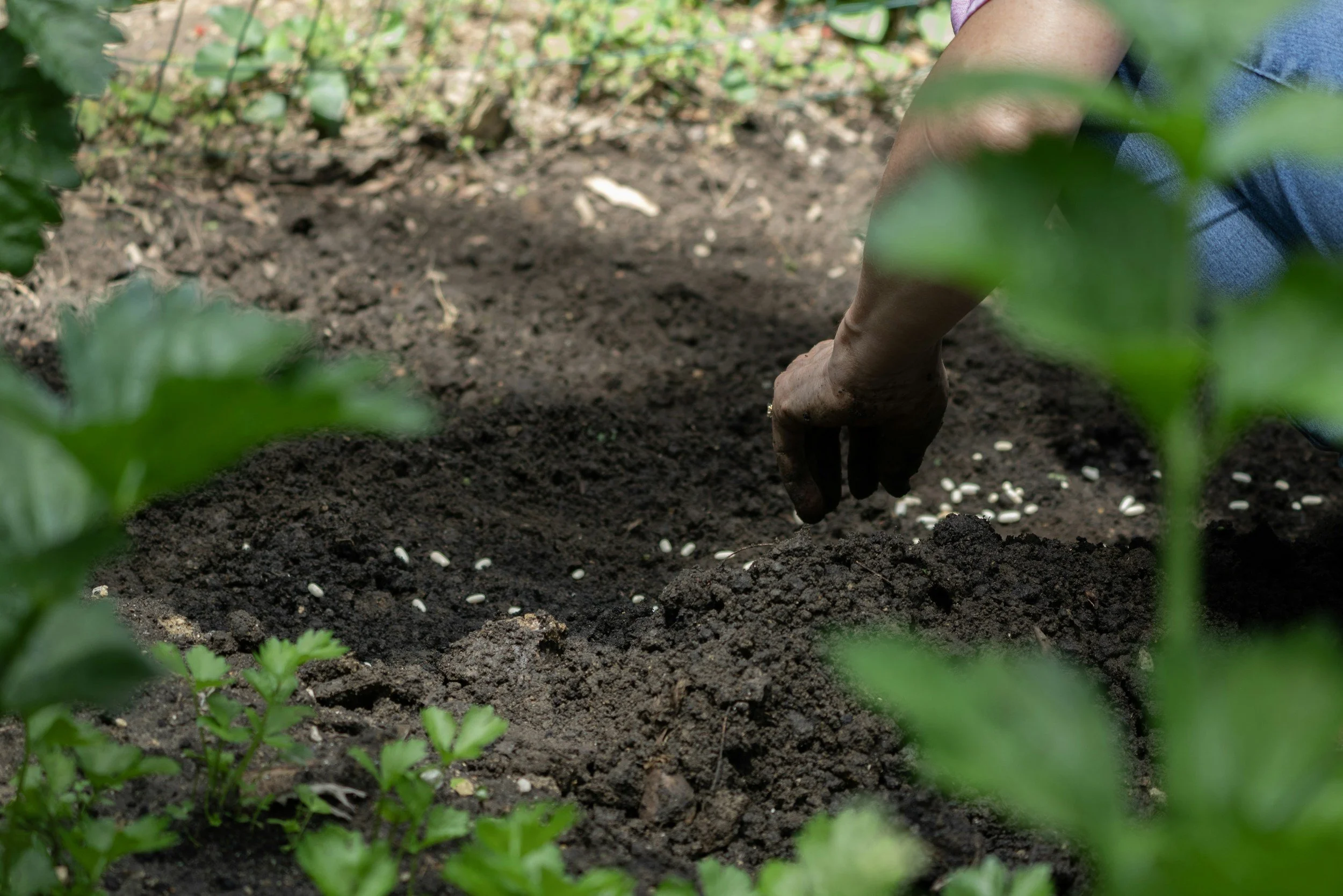





Every bridge, building, and business move sets an environmental footprint. The question is, how big will yours be? That's where sustainable engineering comes in. It alters how we construct and function to create a better future. This is not simply about energy efficiency and waste reduction; it’s about transforming the entire system into a more intelligent, greener, and more powerful network.